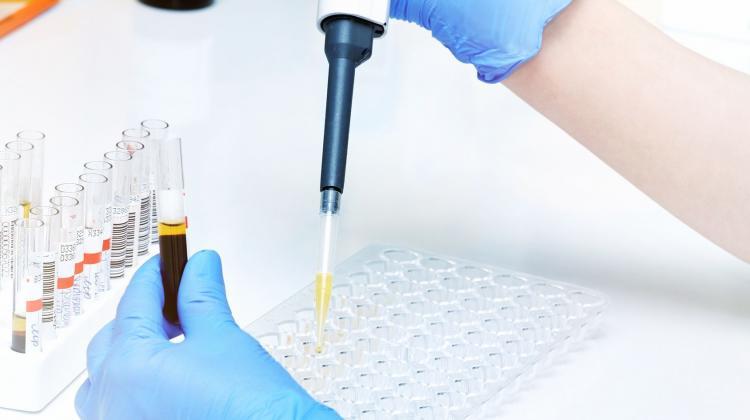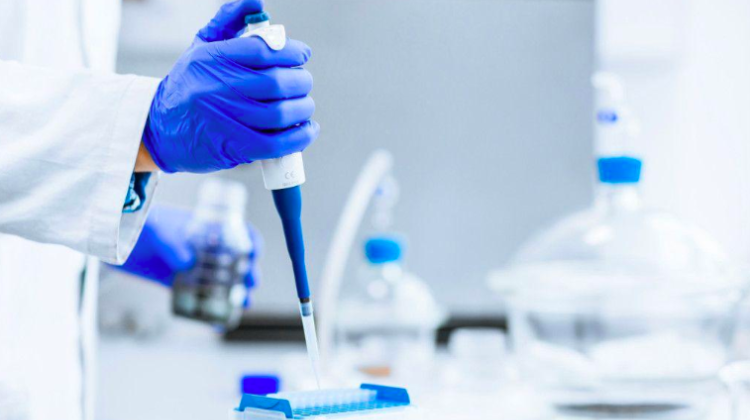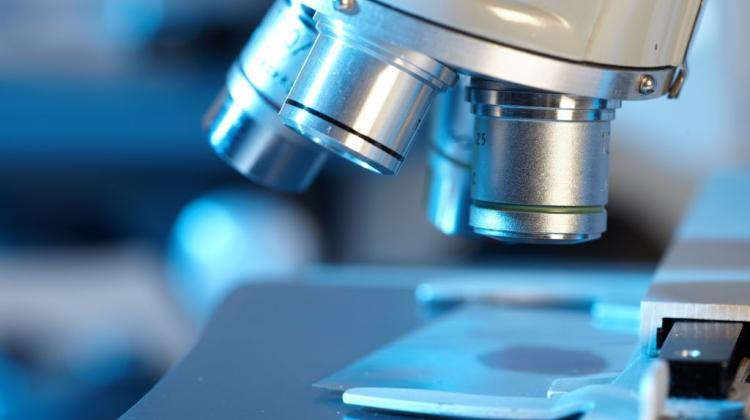Silesian scientists develop new device to diagnose melanoma
 Credit: Fotolia
Credit: Fotolia
A special device to help diagnose skin cancers, including melanoma, has been developed by scientists at two universities in Katowice (the University of Silesia and the Medical University of Silesia)
The device gives the examiner more information than a traditional dermatoscope used by dermatologists to examine the pigmented lesions on the skin in terms of the risk of cancer. Dermatologists pay special attention to the asymmetry of the lesion, differences in colour or uneven edges, they also try to observe its deeper structures.
The probability of successfully treating skin cancer depends on the thickness of the tumour. If it is 1 mm or less, the surgical removal of the lesion gives a chance of curing the patient completely. But dermatoscope does not precisely measure this thickness and internal structure of the lesion.
Explaining the new device, Dr. Robert Koprowski from the University of Silesia said: “The device resembles an ordinary clothes peg. We catch a fold of skin in the place where the lesion is located. The emitted light beam is pointed at numerous receivers located in one of the clip's arms. This allows us to determine the thickness of the lesion and its other parameters, and to decide whether it requires treatment or a follow-up.
“As a result, the diagnosis of skin cancers such as malignant melanoma will be faster and burdened with less errors.”
The method proposed by the scientists is non-invasive and safe, even for pathologically changed areas. The clip can also be used to monitor the progress of treatment, both in hospital and at home.
The authors of the utility model, for which protection rights have been granted, are scientists from the Faculty of Science and Technology of the University of Silesia: Dr. Robert Koprowski and Professor Zygmunt Wróbel, as well as Dr. Sławomir Wilczyński and Professor Barbara Błońska-Fajfrowska from the Medical University of Silesia in Katowice.
PAP - Science in Poland, Anna Gumułka
lun/ ekr/
tr. RL
Przed dodaniem komentarza prosimy o zapoznanie z Regulaminem forum serwisu Nauka w Polsce.


















